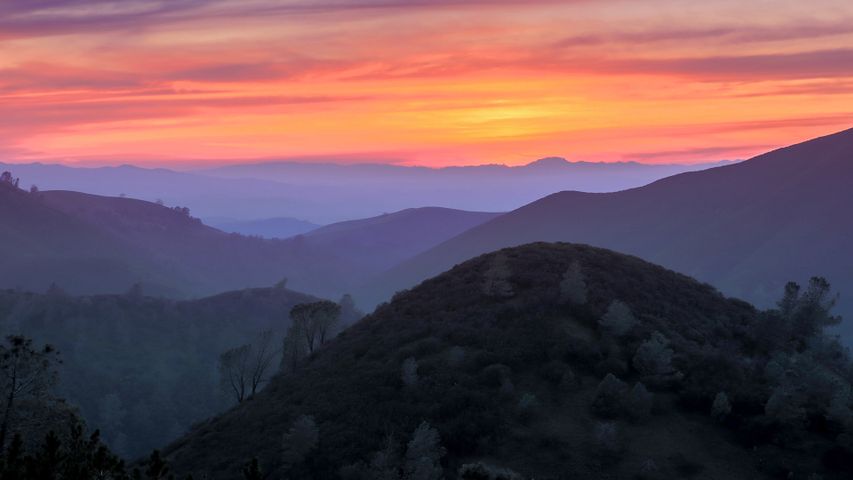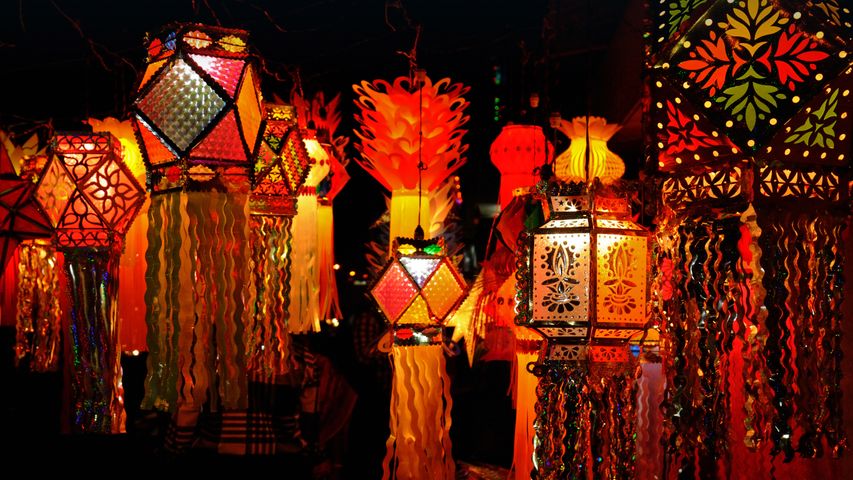Caribou swimming across Alaska's Kobuk River during fall migration
© Michio Hoshino/Minden Picture
Caribou on the move
Each fall a quarter million caribou come together to form the Western Arctic Caribou Herd, a group that makes an epic migration through northwest Alaska, United States. In great numbers they move south from their calving grounds in the Utukok River Uplands to their winter range on the Seward Peninsula. Fall is also the time when scientists attach radio collars to members of the herd, to track their location and health, and to gain information that will help conserve the species. When spring arrives, they’ll complete the trip again in reverse, covering a total of 3,200 kilometres each year, give or take.
One of the best spots to see the herd on the move is where the great masses of animals cross this river, the Kobuk, at Onion Portage. The name of the portage derives from an Inupiaq (Inuit) word meaning 'wild onions' for the many wild onions that grow here. But the native Inuit people don't come here just to forage for onions. For millennia, the caribou crossing has drawn native peoples who rely on caribou meat, a tradition that continues to this day.
Related Images
Bing Today Images




 Elbe river in Dresden, Germany
Elbe river in Dresden, Germany
 Porto, Portugal
Porto, Portugal
 Lake Bled, Slovenia
Lake Bled, Slovenia
 St. Joseph North Pier Inner and Outer Lights, Michigan
St. Joseph North Pier Inner and Outer Lights, Michigan
 Les Braves monument on Omaha Beach, Normandy, France
Les Braves monument on Omaha Beach, Normandy, France
 View of Château d'If in the port of Marseille, France
View of Château d'If in the port of Marseille, France
 Dhanushkodi, Rameshwaram harbour, Pamban bridge and near by areas
Dhanushkodi, Rameshwaram harbour, Pamban bridge and near by areas
 The holy city of Varanasi, India
The holy city of Varanasi, India

